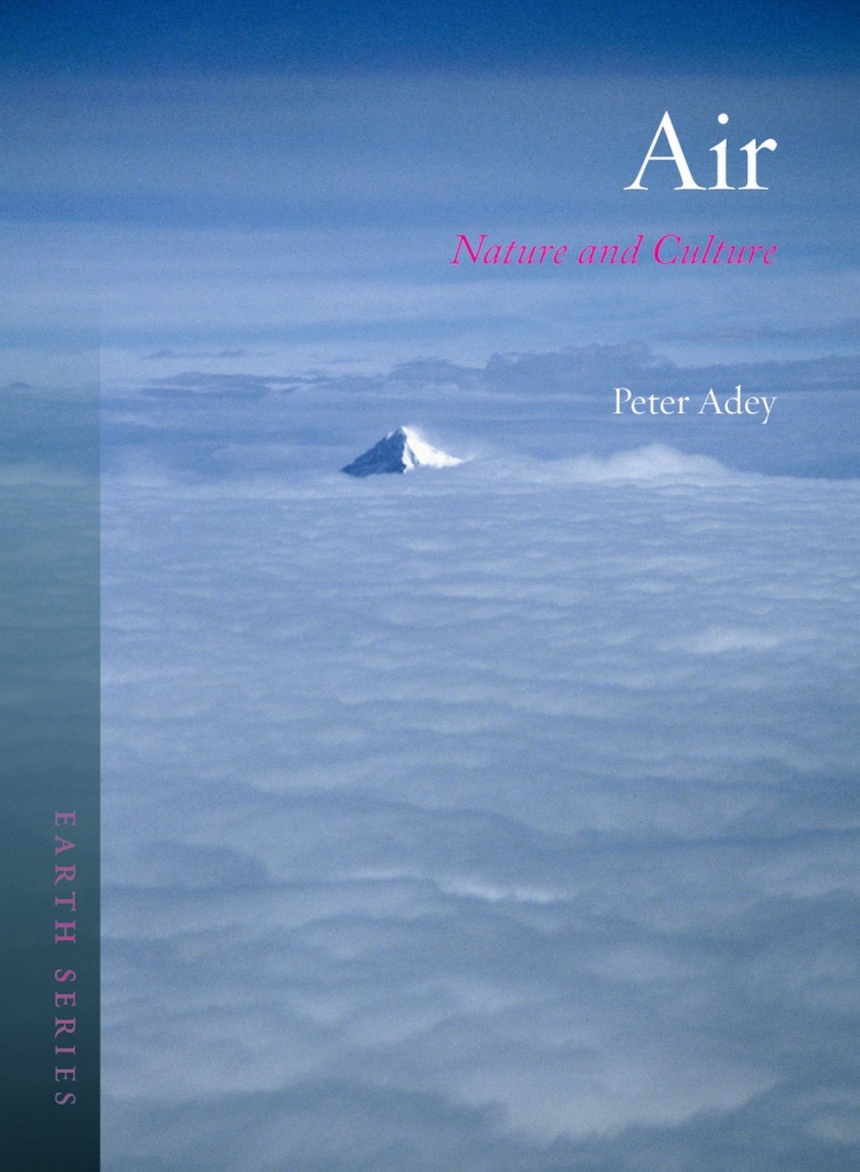Outside of yoga class, we don’t pay too much attention to the air we take in every day. Long one of the essential elements to life on earth—from the atmospheric composition that gave life to the coal-forming forests some three hundred million years ago to the air that fuels our most important technologies today—we think little of its incredible properties. In this innovative cultural and scientific history, Peter Adey takes stock of the great ocean of air that surrounds us, exploring our attempts to understand, engineer, make sense of, and find meaning in it.
Adey examines how humans have managed and manipulated air as a natural resource and, in doing so, have been taken to the limits of survival, brought to high-altitude mountain peaks, subterranean worlds, and the troughs of new moral depths. Going beyond how vital air has been to our philosophical, scientific, and technological pursuits, he also reveals the way that the artistic and literary imagination has been lifted through air and how, in air, cultures have learned to express and inspire each other. Combining established figures such as Joseph Priestley, John Scott Haldane, and Marie Curie with unlikely individuals from painting, literature, and poetry, this richly illustrated book unlocks new perspectives into the science and culture of this pervasive but unnoticed substance.
Adey examines how humans have managed and manipulated air as a natural resource and, in doing so, have been taken to the limits of survival, brought to high-altitude mountain peaks, subterranean worlds, and the troughs of new moral depths. Going beyond how vital air has been to our philosophical, scientific, and technological pursuits, he also reveals the way that the artistic and literary imagination has been lifted through air and how, in air, cultures have learned to express and inspire each other. Combining established figures such as Joseph Priestley, John Scott Haldane, and Marie Curie with unlikely individuals from painting, literature, and poetry, this richly illustrated book unlocks new perspectives into the science and culture of this pervasive but unnoticed substance.
224 pages | 70 color plates, 30 halftones | 5 4/5 x 8 1/4 | © 2014
Biological Sciences: Natural History

